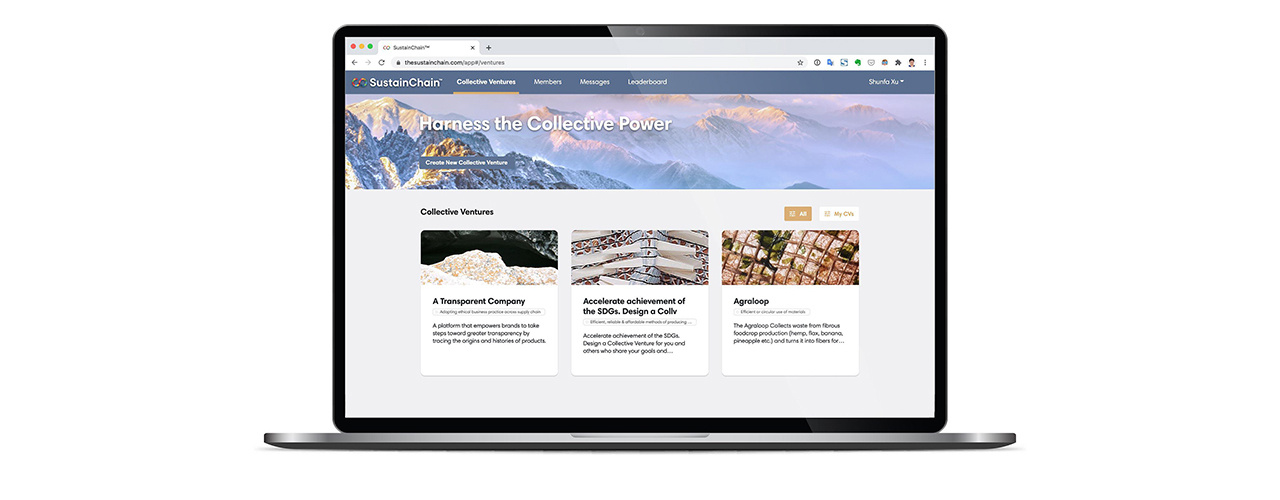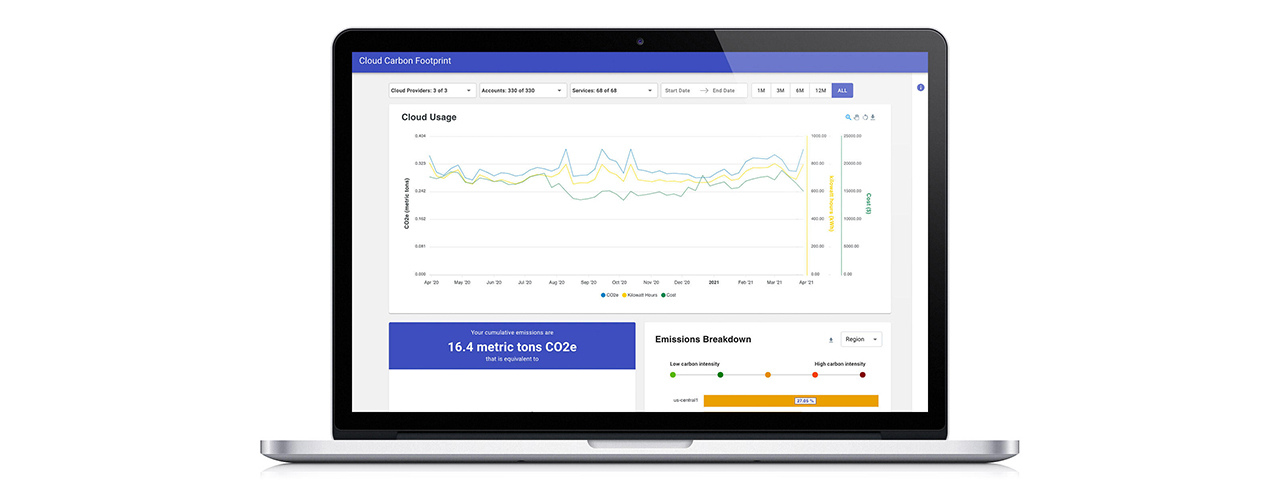Here we will examine how we are working to reduce our own carbon footprint, leveraging technology to identify and mitigate the negative impacts of climate change.


Principles: addressing a systemic and shared global crisis
Though it has recently been overshadowed by the COVID-19 pandemic (1), climate change is by far the biggest and most pressing challenge faced by humanity. The negative impacts of global warming are already evident and accelerating. Urgent and concrete action is needed to avoid worst-case scenarios, which include the total destruction of the only ecosystem humankind can inhabit.
Mitigating climate change-related risks requires businesses, governments and individuals alike to transform the way they work and behave. A viable transition must be built on collective action, and the recognition that not all of us are equally responsible for, or affected by, climate change impacts. Much of the pollution and resource extraction behind rising temperatures is attributable to industrialized nations. Reparation of this damage, by those nations must be part of any transition strategy, alongside plans and resources that enable more sustainable forms of economic and technological development.

Thoughtworks is on a journey to carefully address our climate impact. While this may be a small contribution to the broader climate problem, we hope that we can connect with our clients, partners and the broader industry to amplify that impact. We’ll be enabling our people and business to keep sustainability top of mind, as well as discovering new, creative ways to diminish our carbon footprint.
Thoughtworks is on a journey to carefully address our climate impact. While this may be a small contribution to the broader climate problem, we hope that we can connect with our clients, partners and the broader industry to amplify that impact. We’ll be enabling our people and business to keep sustainability top of mind, as well as discovering new, creative ways to diminish our carbon footprint.
These considerations are an important part of our climate change roadmap, which we are developing to ensure our ambitions translate into action. We are working towards a more accurate picture of our carbon footprint, and identifying ways to reduce it. We are also factoring climate change considerations into the technology we build, launching solutions like our green cloud offering that have the potential to contribute directly to emissions reduction.
Over the next five years, we aim to ramp up sustainable technology alternatives for clients and partners; contribute to global and local-level networks working to mitigate climate change, and bring underrepresented voices to this vital conversation.
In practice
Climate change is a multifaceted issue. We are working along several tracks in parallel both to reduce our environmental impact and, with partners, to accelerate the shift to more balanced forms of growth.


Committing to decarbonization in 2019
In line with the SBTi we are examining a broad range of data categories, from travel and electricity consumption to areas like refrigerant use in our offices worldwide. This data will help us identify the best places to set ambitious emission reduction targets, and guide our roadmap from there. It is inherent in our culture to fully understand the whole picture, rather than jump ahead to make unrealistic, or potentially low-impact promises. The care and thought applied in setting up the program thoughtfully will ensure that our priorities are the right ones, and that we deliver on or exceed any commitments we make.
A tech platform to advance the UN SDGs
The UN Sustainable Development Goals (SDGs) are an important blueprint for a more equitable, ecologically sound and peaceful world, and we support realization of the SDGs in much of our sustainability and social change work. This connection was evident in a recent partnership with the US Coalition on Sustainability (USCS), an innovative non-profit that seeks to leverage technology to help businesses, investors and other stakeholders working toward the SDGs collaborate and learn from each other.

Working with USCS, we launched a beta version of SustainChain™, a groundbreaking peer-to-peer platform that brings together brands, innovators and impact investors to share challenges and best practices, and find opportunities to work together. SustainChain™ allows members to track progress toward specific SDGs and even find solutions to fund, pilot and scale. It was launched publicly at the UN General Assembly in late 2020 and continues to gain significant industry traction.

Cloud architecture has enabled massive flexibility and scalability gains, but these come at a significant environmental cost if not properly optimized. Data centers are responsible for around 1% of global electricity and greenhouse gas emissions (2) and this is only likely to grow as data volumes continue to soar.
Building sustainability requirements into cloud strategy can generate sizable environmental dividends as well as cost savings. Internally and in our work with clients we are implementing green cloud optimization to reduce carbon emissions and cloud spend. Our new open source solution, Cloud Carbon Footprint, provides the visibility and tooling to measure and monitor cloud usage data, helping teams produce sustainability metrics that can be shared with stakeholders. Our team identifies areas to focus on that will provide the highest returns in environmental and investment terms, looking for ways to reconfigure, optimize or re-architect use of the cloud, as well as auditing SaaS use to suggest greener alternatives or greener ways of using providers.

Enterprise spending on public cloud shows no signs of slowing with some types of cloud spending growing by 92% per year.

The ICT industry is likely to account for 8% of total electricity demand by 2030 — a 15-fold increase from 2010.

The ICT industry has contributed 2–6% greenhouse gas emissions since 2007 — on par with aviation.

To meet the Paris Climate Agreement goals, the industry will need to reduce carbon emissions by 45% in the next 10 years.
Enabling development teams to build and run new best practices in green cloud optimization is also important in this endeavor, so that organizations can continue to progress along the sustainable cloud path.






















